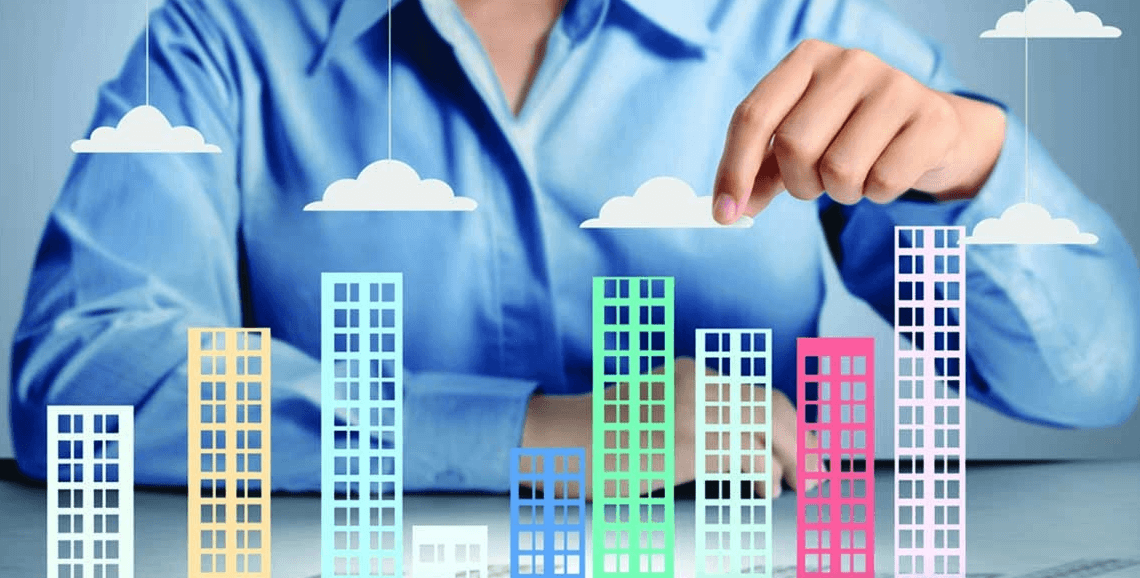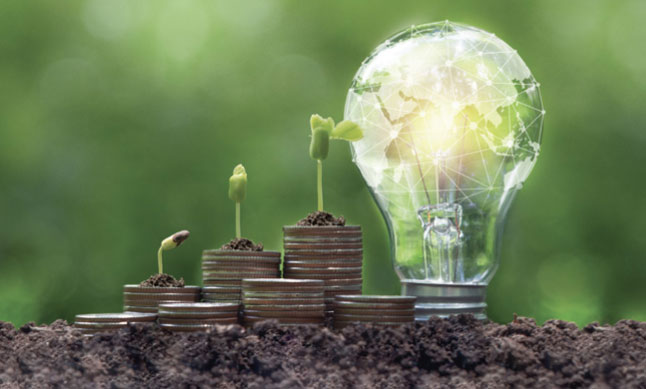Introduction
As the Philippines continues to experience economic growth beyond its major metropolitan areas, regional developers are playing a key role in creating opportunities across emerging hubs. By building residential, commercial, and mixed-use projects in regional centers, these developers stimulate local economies while providing modern lifestyles that rival those of larger cities. Regional developers are not just building structures—they are laying the foundations for sustainable growth in fast-rising regions.
Regional developers focus on bridging the gap between major cities and developing areas by investing in projects that meet the needs of growing populations. Their developments include subdivisions, mid-rise condominiums, industrial estates, and retail centers that provide both employment opportunities and community spaces. This balanced approach ensures that regional growth is inclusive, sustainable, and aligned with the unique demands of each area.
Strategic location is one of the strongest advantages of regional developers. By focusing on cities and towns experiencing rapid industrialization, infrastructure expansion, or tourism growth, they position their projects in areas with strong long-term potential. Accessibility to airports, seaports, and national highways further enhances the value of these developments, making them attractive for both residents and investors.
Lifestyle integration is another defining characteristic of regional developments. Developers are designing communities that blend modern amenities with the cultural and environmental assets of their locations. Residential projects often emphasize open spaces, landscaped areas, and proximity to schools, healthcare facilities, and retail centers, creating self-sufficient communities that support long-term growth.
Sustainability is increasingly important in regional development. Developers are adopting eco-friendly building practices, renewable energy systems, and smart planning strategies to ensure that communities are both resilient and environmentally responsible. This commitment to sustainability not only preserves the natural beauty of regional areas but also makes developments future-ready in the face of climate challenges.
From an investment perspective, regional developers are opening new markets with strong potential. As land and property prices in major metropolitan areas continue to rise, investors are turning to regional centers for more affordable yet high-growth opportunities. The combination of lower entry costs, infrastructure improvements, and increasing demand makes regional developments highly attractive for long-term investments.
Conclusion
Regional developers are vital to spreading economic growth and development beyond the country’s primary urban centers. By building sustainable, well-planned communities, they create opportunities that benefit both local residents and investors while driving progress in emerging hubs. As regional economies continue to thrive, these developers will remain at the forefront of shaping the country’s balanced and inclusive future.




